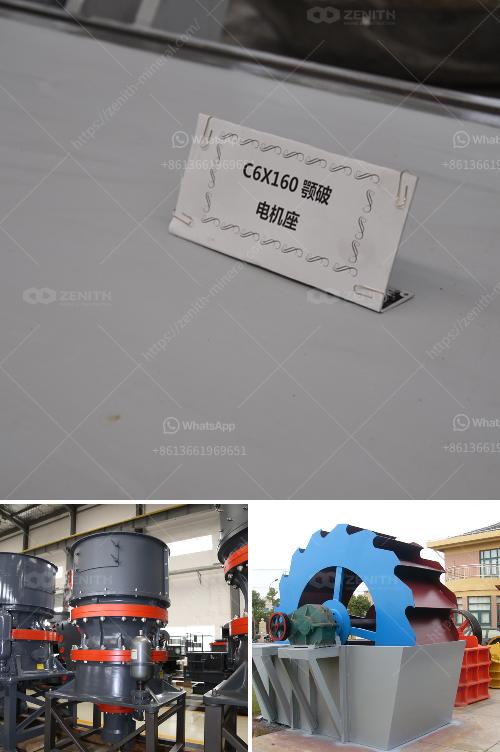A 170 TPH (tons per hour) hard rock gold crushing plant is designed to process significant volumes of hard rock ore to extract gold. Here are some essential components and considerations for such a plant:
Primary Crusher: This is used to initially break down the large rocks. A jaw crusher is typically employed for this stage, capable of handling rocks up to a meter in size and reducing them to smaller pieces.
Secondary Crusher: After the primary crushing, the materials are further reduced in size using a secondary crusher. Cone crushers or impact crushers are commonly used here.
Screening Equipment: Post crushing, materials are screened to separate them into different sizes suitable for further processing. Vibrating screens are typically used for this purpose.
Conveyor Belts: To transport materials through the different stages of crushing and screening.
Grinding Mills: For finer grinding of the crushed material, aiming to liberate the gold particles from the surrounding rock. Ball mills or SAG mills are often utilized.
Gravity Separation Equipment: Such as jigs, centrifugal concentrators, or shaking tables to recover gold from the ground material.
Flotation Cells: In some cases, flotation cells can be used to concentrate the gold.
Cyanidation or Leaching Tanks: Used for chemical processing to extract gold from the crushed and ground ore.
Dewatering Equipment: Thickeners and filters to remove water from the final product.
Control System: An automated system to monitor and control the plant's operations, ensuring optimal performance and safety.
Safety and Environmental Controls: Dust suppression systems, noise reduction measures, and waste management protocols to comply with environmental regulations and ensure worker safety.
In setting up such a plant, technical expertise is needed to optimize the crushing and recovery processes, minimize operational costs, and ensure efficient extraction of gold from the ore.

